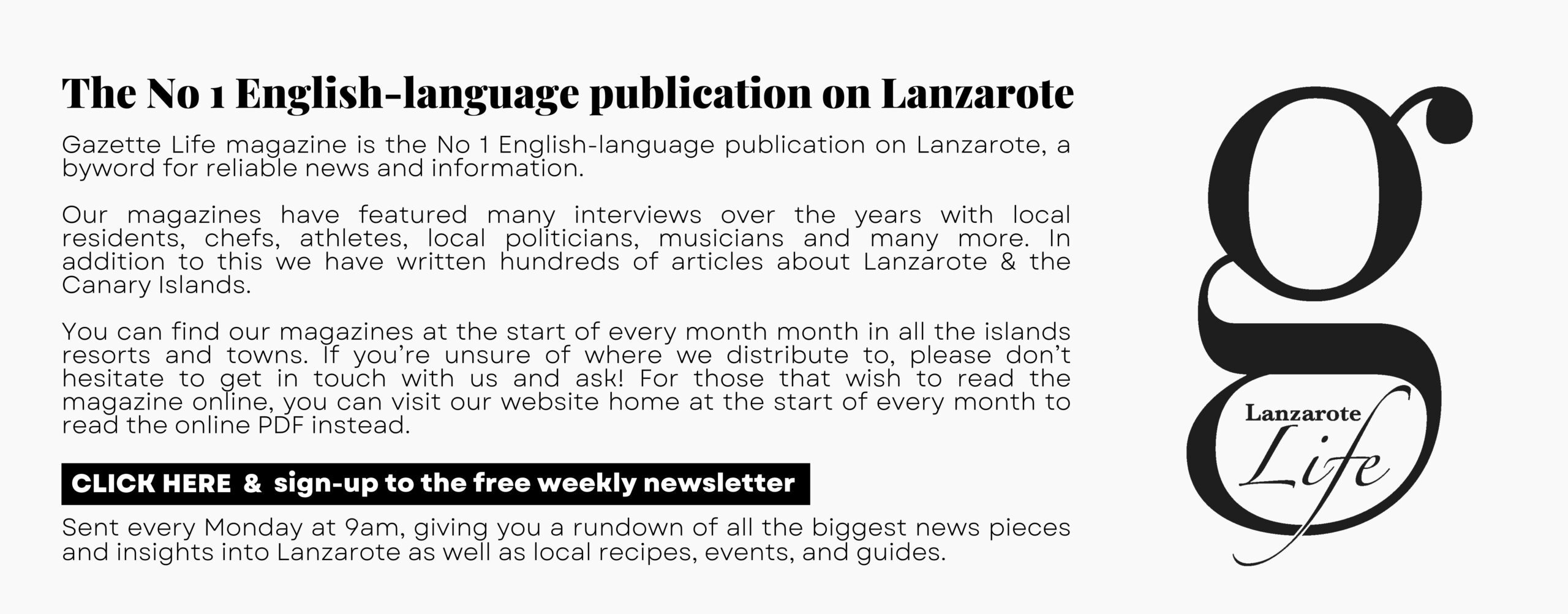Shadows of clouds rush swiftly across the desert region of El Jable, driven by the same winds that have swept sand across the island to the southern beaches for thousands of years. With the cliffs of Famara in the distance, it’s a beautiful but desolate place.
But this region is also home to some of the oldest human settlements on the Canaries, and the Fiquinineo settlement is one of the most important.
A few ridges and rocky outcrops break the monotony of the sandy plain. One of them is called the Peña de las Cucharas (Spoon Rock), not because it is shaped like a spoon, but because it is surrounded by thousands of the empty limpet shells which were used as spoons in ancient times.
A closer look at this jumble of rocks reveals man-made walls and chambers in various states of preservation, and it’s here where the people who used those shells lived. This settlement was first discovered and referred to professional archeologists by Juan Brito, during his tireless explorations of the island in the 1970s.
Archeologists believe the settlement was originally a Casa Honda (deep house) occupied by the Maho natives of the island in the centuries before the Spanish conquest. These dwellings were built around caves or depressions in the ground, providing shelter from the wind and sun. The earliest relic on the site is a hole-punch made from the bone of a goat which dates from the year 1290, and there are also tools made of chalcedony stone which are believed to date from the pre-Conquest era.
Following the conquest, the site gradually changed its use, and the population of local natives gave way to slaves from North Africa – at one point most of the inhabitants of the island were slaves, or descendants of slaves. One census of the area in 1735 gives the population of the Fiquinineo settlement as 5 vecinos (residents). A vecino was a landowner and would usually have a number of slaves who were never listed in official records. In reality, those 5 residents mean a population of around 25 people.
This was a lower number of people than had been usual. Towards the end of the 17th century, pirate raids forced many islanders to move away from the coasts to the centre of the island. But the remains at the site make it plain that there was a thriving community here before that time.
Archeologists have discovered grains of barley, pottery shards, a bone dagger handle, fragments of a sword, Portuguese coins and ornamental items made of gold, silver, jet, and turquoise. There may be many more discoveries to come.
THE SECRETS OF ZONZAMAS
Directly opposite the entrance to Lanzarote’s rubbish dump – a volcanic crater that has been gradually filled with the rubbish of generations of islanders – lies the ancient site of Zonzamas, the most important archeological site on the island.
Zonzamas was the home of the last King of Lanzarote, Guadarfía, and despite the dump, the ancient settlement is still an impressive part of the island, overlooking the strange, sandy-coloured mountain of Ubigüe to the north, which now lies north of the 500-metrewide river of black lava that flowed past Tahiche in the 18th century.
This area is rich in ancient heritage, and signs of archeological excavations are everywhere. Close to the old village is a striking concrete structure that is as modern as its surroundings are ancient. This is the abandoned project for a proposed museum of archeological heritage.
Whether the museum will ever be opened is still unconfirmed, but there is certainly a new impetus to the exploration of Zonzamas. A large marquee has recently been erected to protected excavations from the rain.
For regular updates, pictures and videos of Lanzarote be sure to like and follow our Facebook page “Gazette Life Lanzarote”.











